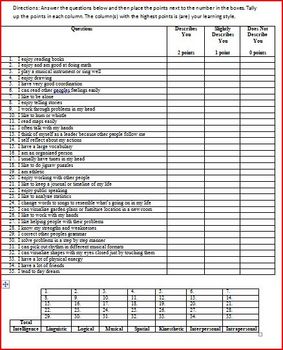
The level of research and innovation required to make assessments effective can only be achieved through federal investment and programs.

Still, improvement at the national scale is needed. Too often, the criticisms tend to suggest that all standardized testing is harmful or not useful. The Center for American Progress found that while some of the criticisms of assessments-the annual state standardized assessment in particular-are valid and must be addressed, not all of them have merit. Thus, the state assessment must be part of a broader system of assessments that produce data that can evaluate, inform, and predict learning to help achieve educational equity.

This type of high-quality information, as well as professional development in how to use student data effectively, is needed to drive learning forward. They are not designed to provide information to guide teachers’ daily interactions with students. That is because state standardized assessments look back at the end of the year and evaluate whether students learned the state’s academic standards in reading and math.

However, the reality remains that one assessment alone is insufficient to solve the problem of inequity in education. The rationale for this policy is to promote equity in educational opportunity by measuring how well the public education system teaches students to master a state’s academic standards in these subjects.ĭespite this laudable goal, federally required assessments are at times criticized because America’s students have made little progress since 2001 and their results correlate with race and socioeconomic status. Accordingly, this report offers an alternative to the argument that all assessments are harmful: an idea for what role all assessments should play in education and the federal and state policy structure needed to make this a reality.Īssessments-in particular, one annual standardized assessment of all public school students in reading and math-became the law of the land starting in 2001 with the renewal and renaming of the Elementary and Secondary Education Act of 1965 as the No Child Left Behind Act. When they are well built, standardized and nonstandardized assessments play a useful role in providing educational equity-that is, helping all students achieve at high levels.


 0 kommentar(er)
0 kommentar(er)
